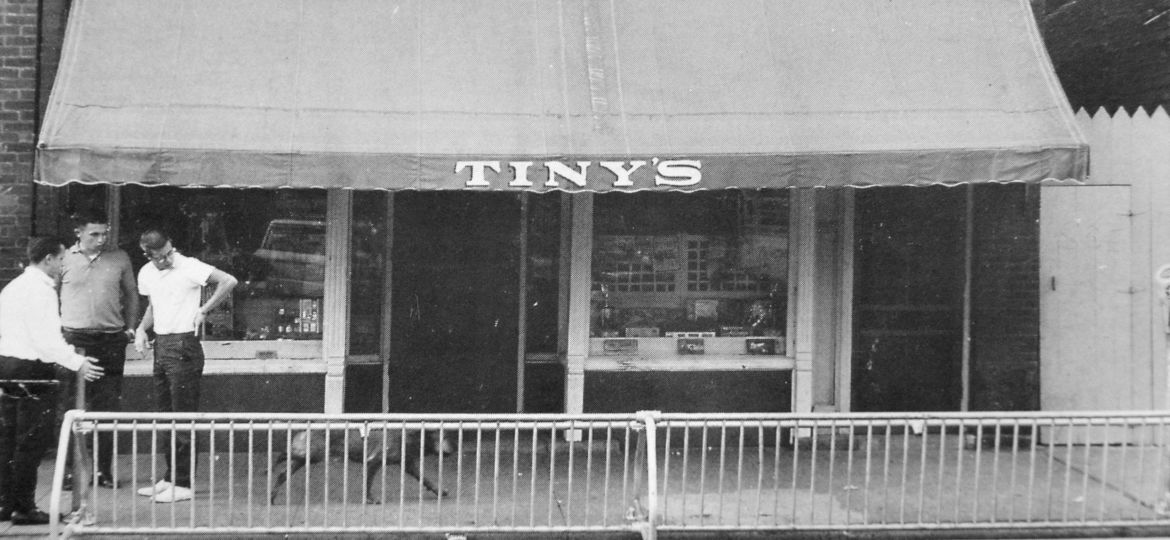
When deciding which college or university campus to spend the next four years of our lives on, many of us took part in various admissions tours full of cheesy smiles, backwards walking and overly scripted jokes. You may remember your first tours at St. Olaf, but what you won’t remember are these stories dug up by the Vice President of Student Life and President of the Northfield Historical Society Greg Kneser.
St. Olaf had a brewery on campus: who would have thought that our infamously dry campus could have an alcoholic past? The Wenner Brewery was located down the hill behind Thorson where Cedar Avenue curves out. It existed back in the 1800’s, just after the college’s founding.
“The story was that is was this lawless, wild kind of place that was always causing problems with the town,” Kneser said.
Adding further to the irony is that while this brewery was on campus, so was Andrew J. Volstead, a former St. Olaf student who was behind the Volstead Act, which defined prohibition following the enactment of the 18th Amendment. While those such as Volstead enjoyed the dry and rather prudish environment that characterized St. Olaf and Northfield at the time, many students of St. Olaf were known to sneak into the brewery. So, it’s safe to say that even with cell phones and greater voting rights, college students haven’t changed all that much. Though you can still go down to the site where this brewery was located, you won’t find much. During the newest addition to the library, the dirt was excavated to block the cave entrance where the beer was once stored in an age without refrigerators.
Ytterboe the Dog: If you really want to know about St. Olaf, the tale of Ytterboe the dog is really the only one you need. For those who are ignorant of what should already be a Hollywood blockbuster (c’mon Spielberg) Ytterboe was a black stray that stumbled into campus in 1942 and was a beloved symbol within both St. Olaf and Carleton campuses. That is, until May 22, 1957 when Ytterboe allegedly bit the arm of the seven year old child of police chief Percy Morris. In a grand display of wasted tax payer funds, Morris dispatched two fellow officers to hunt and chase down the dog who they apprehended on the St. Olaf campus. Morris, with his sawed-off shotgun, fatally shot the dog just outside the steps of Rolvaag. This sparked an immediate protest composed of more than a thousand St. Olaf and Carleton students. It included the burning of an effigy composed in the likeness of Morris, which they had hung from a lamppost. The story was picked up by major news outlets, including Life magazine and the AP wire, and spread internationally. Morris was known as a villain whose career never recovered.
The grave on campus isn’t actually a grave: If you’ve been at St. Olaf long enough, you might have seen the ominous looking gravestone within the woods across from Hill-Kitt. I’m here to entirely ruin your day by telling you that this ‘spooky’ gravestone known as the Obelisk is actually a memorial to Rev. Ole Fugleskjel, a former St. Olaf student (1894) and professor (1895-1896). He was a pastor who had churches along some lumber mill camps in Northern Minnesota, but he got lost in a blizzard going from one church to the next and died. The college put up a memorial for him in what was once an open area, but Norway Valley grew up around it and subsequently made it look like a scene straight out of “The Blair Witch Project.”
“History is just one of those bizarre things where the more you know, the more interesting – and sometimes the more bizarre – it gets,” Kneser says, and looking into the forgotten pasts of only a few St. Olaf stories, this certainly holds true. I don’t know about you, but these stories would have done more to convince me to go to St. Olaf than another over exaggerated joke about the food.

